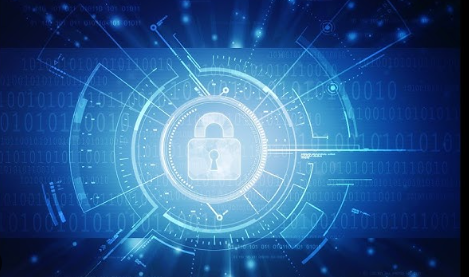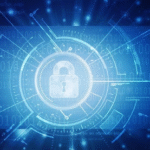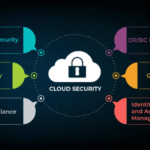Cybersecurity refers to the practice of protecting computer systems, networks, devices, and data from unauthorized access, attacks, damage, or theft. It involves the implementation of technologies, policies, and procedures to safeguard sensitive information and ensure the confidentiality, integrity, and availability of data.
Key Concepts in Cybersecurity:
- Confidentiality: Ensuring that sensitive information is accessed only by authorized individuals or systems. This involves encryption, access controls, and secure communication protocols.
- Integrity: Ensuring that data remains accurate and unaltered unless by authorized parties. Integrity checks and hashing algorithms play a vital role.
- Availability: Ensuring that data and services are available when needed. This includes protection against system downtime, DDoS (Distributed Denial of Service) attacks, and maintaining system backups.
- Authentication: Verifying the identity of users or systems. This often includes multi-factor authentication (MFA), passwords, biometrics, or tokens.
- Authorization: Ensuring that authenticated users have appropriate access to resources based on their roles. Role-based access control (RBAC) is a common practice.
- Non-repudiation: Ensuring that actions or transactions cannot be denied. This is often achieved with logging and digital signatures.
Key Types of Cybersecurity Threats:
- Malware: Software designed to damage or disrupt systems (e.g., viruses, worms, ransomware, spyware).
- Phishing: Fraudulent attempts to obtain sensitive information, often by masquerading as trustworthy entities in emails or websites.
- Social Engineering: Manipulating individuals into revealing confidential information by exploiting psychological factors.
- Denial of Service (DoS) / Distributed Denial of Service (DDoS): Attacks designed to overwhelm and disrupt the normal operation of a service or network.
- Insider Threats: Threats posed by employees or individuals with authorized access to an organization’s data and systems who misuse or exploit their access.
- Zero-Day Exploits: Attacks that target vulnerabilities in software or systems that are unknown to the vendor, and thus have no patch or fix available.
- Man-in-the-Middle (MitM): Attacks where an attacker intercepts and potentially alters the communication between two parties without their knowledge.
- Ransomware: Malicious software that locks users out of their own systems or encrypts data, demanding payment (ransom) for its release.
Common Cybersecurity Practices:
- Firewalls: Hardware or software systems that filter traffic to prevent unauthorized access.
- Encryption: Converting data into an unreadable format unless the user has the decryption key. It helps protect data both in transit (e.g., over the internet) and at rest (e.g., in storage).
- Intrusion Detection Systems (IDS) / Intrusion Prevention Systems (IPS): Systems that monitor network traffic for suspicious activity and can prevent or alert on potential intrusions.
- Antivirus Software: Tools that detect, prevent, and remove malicious software.
- Patch Management: Regularly updating software and systems to fix known vulnerabilities and enhance security.
- Access Control: Limiting access to systems based on the principle of least privilege, ensuring users only have access to the resources they need.
- Backups: Regularly creating copies of critical data to restore it in case of data loss or a cyberattack, such as ransomware.
- Security Awareness Training: Educating employees or users on how to recognize and avoid potential security threats like phishing or social engineering.
Advanced Cybersecurity Concepts:
- Artificial Intelligence (AI) and Machine Learning (ML): Used in cybersecurity for detecting patterns, automating responses, and identifying emerging threats.
- Blockchain Security: Using blockchain technology to create secure, immutable records of transactions or events.
- Endpoint Security: Protecting end-user devices (computers, smartphones, etc.) against cyber threats.
- Threat Intelligence: Gathering and analyzing information about potential or existing threats to proactively defend systems.
- Cloud Security: Protecting data, applications, and services hosted in cloud environments from cyber threats.
Cybersecurity Frameworks:
- NIST Cybersecurity Framework: A set of guidelines to help organizations identify, protect, detect, respond to, and recover from cybersecurity incidents.
- ISO/IEC 27001: An international standard for information security management systems (ISMS).
- CIS Controls: A set of best practices developed by the Center for Internet Security to improve cybersecurity posture.
Cybersecurity is a continually evolving field as new threats and technologies emerge. Ensuring strong protection requires a combination of technical measures, policies, user awareness, and proactive threat management.










